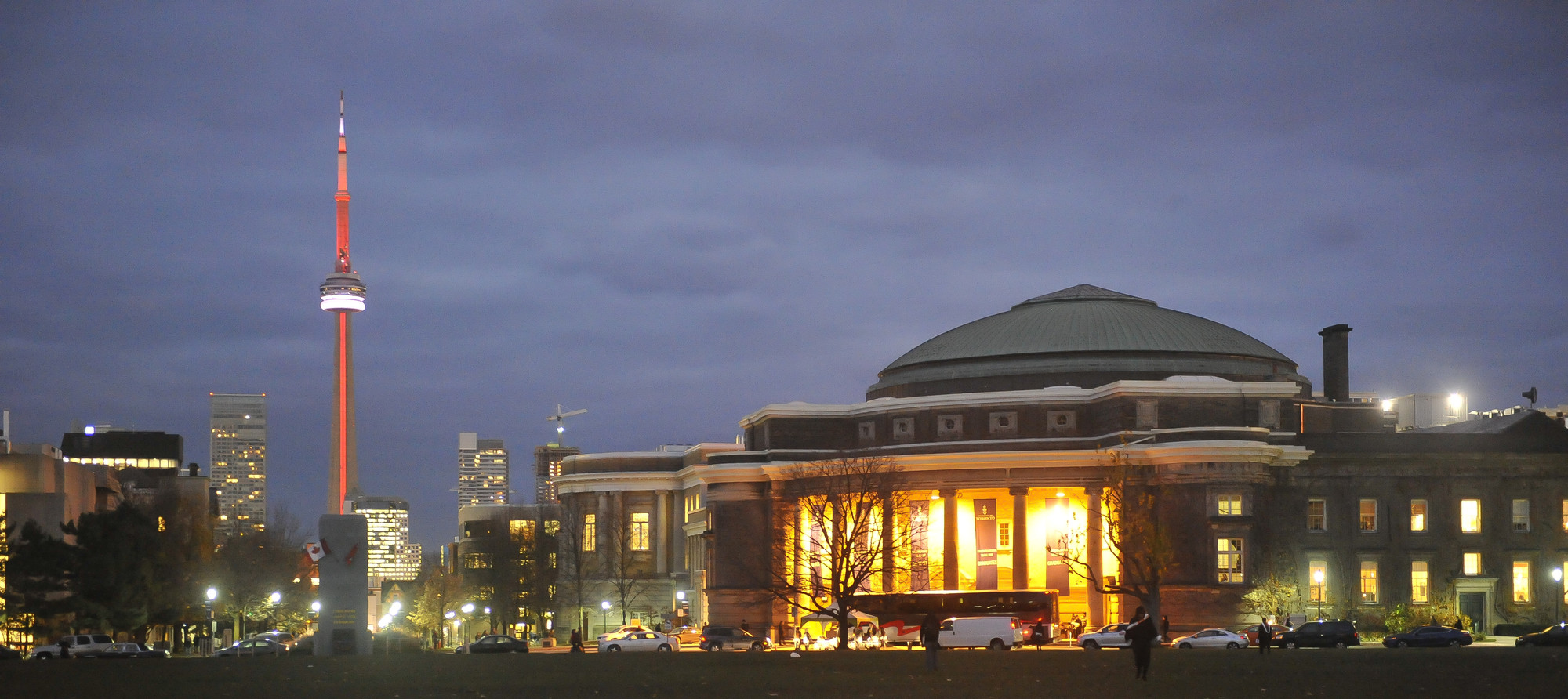Universities compete to attract the best and brightest faculty, staff and students. But readers might be surprised to hear that they also sometimes collaborate to achieve the same goal.
Take, for example, Toronto’s four universities. We share the great good fortune to be located in one of the most dynamic and liveable city-regions in the world. We also share the challenges presented by the region’s transit deficit.
Long commutes are a fact of life for many students at OCAD U, Ryerson, York, and the University of Toronto. A large number rely on public transit to travel to our campuses. More than a few spend as much as three hours a day en route across the Greater Toronto Area. It can make their lives very complicated, and it undermines the quality of their educational experience.
As Aqsa Malik, a master’s student who commutes from Markham to U of T’s St. George campus, remarked recently, the bus is “sometimes my desk, sometimes my breakfast table and sometimes my bed.”
So, at a time when civic leaders are considering how to improve public transit, Toronto’s university presidents did something that had never been tried before: we brought together students and faculty from all four of our institutions to conduct a joint student transportation survey.
The survey, part of an initiative called StudentMoveTO, was launched last September at a student and faculty-led symposium held in the Council Chamber at Toronto City Hall. The event was attended by officials from the City of Toronto, York Region, the TTC and Metrolinx.
StudentMoveTO constitutes the first project springing from a new, ongoing collaboration among Toronto’s university presidents that I initiated two years ago. The idea was inspired in part by London Higher – a group of post-secondary institutions in London, England, that was formed to raise awareness about the importance of higher education to London’s economy and to encourage members to work together on matters of mutual interest.
In Toronto, we hope that our partnership will enable us to make more progress on common concerns than we could individually. And we want to raise awareness of the fact that, with a combined total of approximately 180,000 students 30,000 faculty and staff, Toronto’s universities account for a substantial part of the region’s population, and represent a vital asset to its present and future prosperity.
The transportation survey already shows the kinds of benefits such collaboration can produce. Matti Siemiatycki, a U of T professor of geography and urban planning who is helping to lead the project, says the survey attracted 15,000 responses – far exceeding expectations. The initial goal was to seek ways to help inform public policy and ultimately to improve the commuting experience for our students. But we believe the data will help improve the quality of life for everyone in the Toronto region.
The information we’ve gathered is also being used to create new graduate and undergraduate research opportunities, and will form the basis of research papers by faculty and students. In addition, we are planning to make the data accessible to community members online.
While there is still much more to come from the transportation survey analysis, the four institutions have been busy with another important initiative. Last year, led by Ryerson, we joined the urgent global response to the Syrian refugee crisis, setting a goal of sponsoring 75 Syrian families. As of mid-March, we had reached our objective, collectively raising $3.7 million and attracting some 1,000 volunteers from among the institutions’ staff, students, faculty and alumni.
The success of the student transit survey and the Syrian refugee response has energized Toronto’s four university presidents to explore other areas for collaboration. Discussions have begun on a project to address the shortage of affordable housing in the city.
What’s especially rewarding about these efforts is that their impact extends far beyond the borders of our campuses. By working with each other and with other local partners to improve transit, help newcomers succeed and provide more affordable housing, we can make the Greater Toronto Area a more attractive destination for students and faculty from around the world – and an even better place in which to live. That, ultimately, serves us all.
Sincerely,
Meric Gertler
Recent Posts
U of T’s 197th Birthday Quiz
Test your knowledge of all things U of T in honour of the university’s 197th anniversary on March 15!
Are Cold Plunges Good for You?
Research suggests they are, in three ways
Work Has Changed. So Have the Qualities of Good Leadership
Rapid shifts in everything from technology to employee expectations are pressuring leaders to constantly adapt






